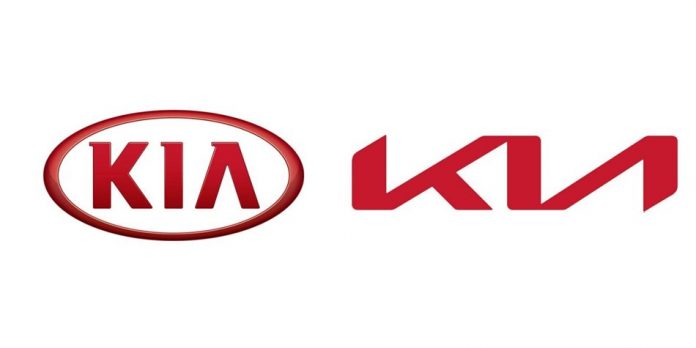Tessa Nowosenetz and Christine Nyatsambo, KLA, say that working with the right market research partner before, during and after your rebranding process gives you access to consumer and sector insights that can enrich your efforts.
Car brand KIA claimed a Guinness World Record in early 2021, and it had nothing to do with cars. The 303 drones used to etch the carmaker’s new logo (a movement from the classic red logo in a circle to a clean, crisp and progressive monochrome logo) in Seoul’s night sky were loaded with fireworks. Once ignited, the drones made KIA the unlikely holder of the record for the ‘most unmanned aerial vehicles launching fireworks simultaneously’.
This edgy display, juxtaposed against KIA’s long-standing image as a budget car manufacturer, was the opening salvo of its rebranding process – with several interesting lessons for businesses that are contemplating making changes to their brand.
Four reasons to rebrand
– Your company is changing its name.
– Your company is merging with another company, under a new name.
– Your company wants to refresh its brand or improve consistency across touchpoints.
– Your company is repositioning itself to remain relevant.
In the first two cases, a rebrand is largely unavoidable. But the latter two tend to carry heightened risk, because branding changes are made voluntarily. The last can be dicey, to say the least, because of the magnitude of change required, (such as the KIA example).
To mitigate some of this risk, be clear on the ‘job to be done’ by the re-brand. Why are you doing this? Where does it need to stretch to? What gaps will it fill? Are you wanting to be more progressive, keep up with the times, increase interest with a certain target market, compete better against new competitors, be more premium or just refresh?
Where the danger lies
Humans are sceptical of change, particularly when they are invested – emotionally, financially, or otherwise – in the status quo. In an age where consumers expect brands to connect with them, an alteration that does not resonate can dissolve loyalty.
What is more, a dramatic change without warning can be jarring for customers. Even if your rebranding is on point, your consumers could feel ambushed, so it is important to prepare your target market for change and to think about its impact on brand equity.
KIA loyalists, for example, might have been comfortable with the old branding and the budget-car positioning – and the drastic shift in look, feel and messaging, if not managed carefully, could have alienated them (spoiler: it didn’t).
What is the answer? Know your consumer so well that you are able to mitigate risk and deal with discomfort before it affects your brand equity. To do that, you need research.
Research is critical
Ho Sung Song, KIA’s President and CEO, said KIA interviewed everyone – from staff and customers, to industry experts and even those who had never considered buying a KIA. The aim of market research is to establish how the existing brand is spoken of, its current positioning and its perceived culture. You also need a good understanding of what your competitors are doing, because this helps you to come up with a branding strategy that will allow your brand to differentiate.
With a solid sense of the lay of the land, you can identify where the existing brand sits and where it needs to get to and plot this journey in a way that will make sense for customers and employees. But beyond understanding the market you operate in now, you must look at how this may change in future, to ensure that your brand remains relevant and is future-proof.
Test your elements
To improve the chances of your rebrand landing favourably with your target market, seek feedback during the design stage and course-correct as you go. Consider testing various assets with your target market and employees and iterate on these.
This way, you can save money and pain in the long run; minimising risk by fixing elements that do not work before they reach the consumers’ eyes and ears. Did KIA land on its changes first time? Unlikely. They went through multiple iterations, using market research testing techniques at various points in the rebrand process.
Remember to look inside
Do not forget about your employees and stakeholders. A rebrand often necessitates an update of internal company values, which requires ‘selling’ internally. So, before a rebrand, know and understand how your brand is perceived internally. Incorporating your own staff members’ views or ideas into the new direction will impart the ownership that will motivate them to implement the tenets of the new brand.
Get the pros in
Work with the right market research partner. Your research partner can also act as a consultant, using their deep understanding of the consumer psyche, the landscape and market trends to make valuable recommendations around the proposed changes to your company’s brand assets. Structuring your rebrand to be research-led might not land you a Guinness World Record, but fireworks are certainly possible.
KLA
+27 11 447 8411
enquiries@kla.co.za
www.kla.co.za










